The Historic Preservation Commission announced this year’s Local Legend Award honorees at the City Council meeting on Thursday, Nov. 4.
Anna Palm and Hope Well School were recognized for their contributions to Round Rock’s history.
The Local Legend Awards program was established in 1991 and has since honored not only people, but organizations, places and even a book. Following new guidelines this year, award recipients were required to have made contributions at least 40 years ago in the areas of historic preservation, history, culture, diversity and/or heritage. Nominations for the award program are solicited from the public, and a volunteer selection committee made up of Round Rock residents recommends award recipients to the Historic Preservation Commission.
Local Legends are awarded a certificate of recognition and recognized on a plaque that lists all past honorees since the program’s inception.
Historic Preservation Commission Chair Sharon Whitaker and Vice-Chair Pamela Anderson and Local Legends Selection Committee Chair Jen Henderson presented the awards and highlighted some of the accomplishments of each of the award recipients:
Anna Palm
Residents and visitors to Round Rock will run across the name “Palm Valley” in a variety of places, but few folks may be aware of the origins of that expression. Palm Valley is named not for a grove of trees, but for a pioneer woman named Anna Palm. At the age of 40, Anna and her husband, Anders, and their six sons boarded a small sailing vessel in 1848 and left their home in Sweden for the New World.
After her husband died in 1853, Anna and her boys moved to an area about 3 miles east of the present-day downtown Round Rock. There, the seven of them lived in a tent and their wagon for over a year before finally building a small log cabin. To survive, they cleared the land of thick brush and trees, planted crops, fished in Brushy Creek and hunted game for food.
Anna’s son, Henning, died in 1868. Since there was no pastor to comfort her, no church to support her, and no cemetery to receive the dead, Anna felt compelled to establish a common final resting place for her son and for fellow immigrants. Since her nephew, S.M. Swenson, owned great parcels of land, she appealed to him to donate an acre. He was glad to comply, asking only, “Where?” She replied, “Under the tallest oak tree.” That was the beginning of Palm Valley Lutheran Church Cemetery. His grave is clearly marked, along with Anna’s, whose remains were later buried next to her son’s.
Soon, Anna wrote home and encouraged family and friends to join her in Texas, with its fertile fields, inexpensive land and abundance of food. Swedish immigrants poured into the area, populating Round Rock, Georgetown, Hutto, New Sweden and Austin. Anna welcomed the newcomers and advised them on how to survive as pioneers. In recognition of Anna’s contribution to the development of this area, the region lovingly became known as Palm Valley. Soon these hardy settlers raised herds of cattle, planted corn and cotton and opened businesses in Round Rock, further establishing Round Rock’s place on the map.
Anna’s sons continued to live in the area, becoming successful farmers and ranchers, contributing to the health of the local economy. One son, William, lived in the stone house built by his wife’s father, T.J. Caldwell. It still stands today in Teravista. Another one of her sons, Andrew, built a wood frame house in 1873, where he and his wife, Carolina Nelson, raised eight children. This is the “Palm House” which later was moved to Main Street, next to the public library. Anna lived with them until her death in 1878 at the age of 70. Several years later, Andrew built a large two-story house. It can be seen today at the entrance of Old Settler’s Park. A major portion of the Palm estate was bequeathed to Palm Valley Lutheran Church by Anna’s grandchildren. Today, that land comprises the immense and highly popular Old Settler’s Park.
Anna Palm helped to raise Round Rock from its infancy to become a strong, prosperous, and respectable town. The inspiring story of this community’s pioneer woman deserves to be known by all today, so that whenever we see the name “Palm Valley,” we will be reminded of this remarkable woman on whose shoulders we stand today.

The Palm House in its original location in what is now Old Settlers Park 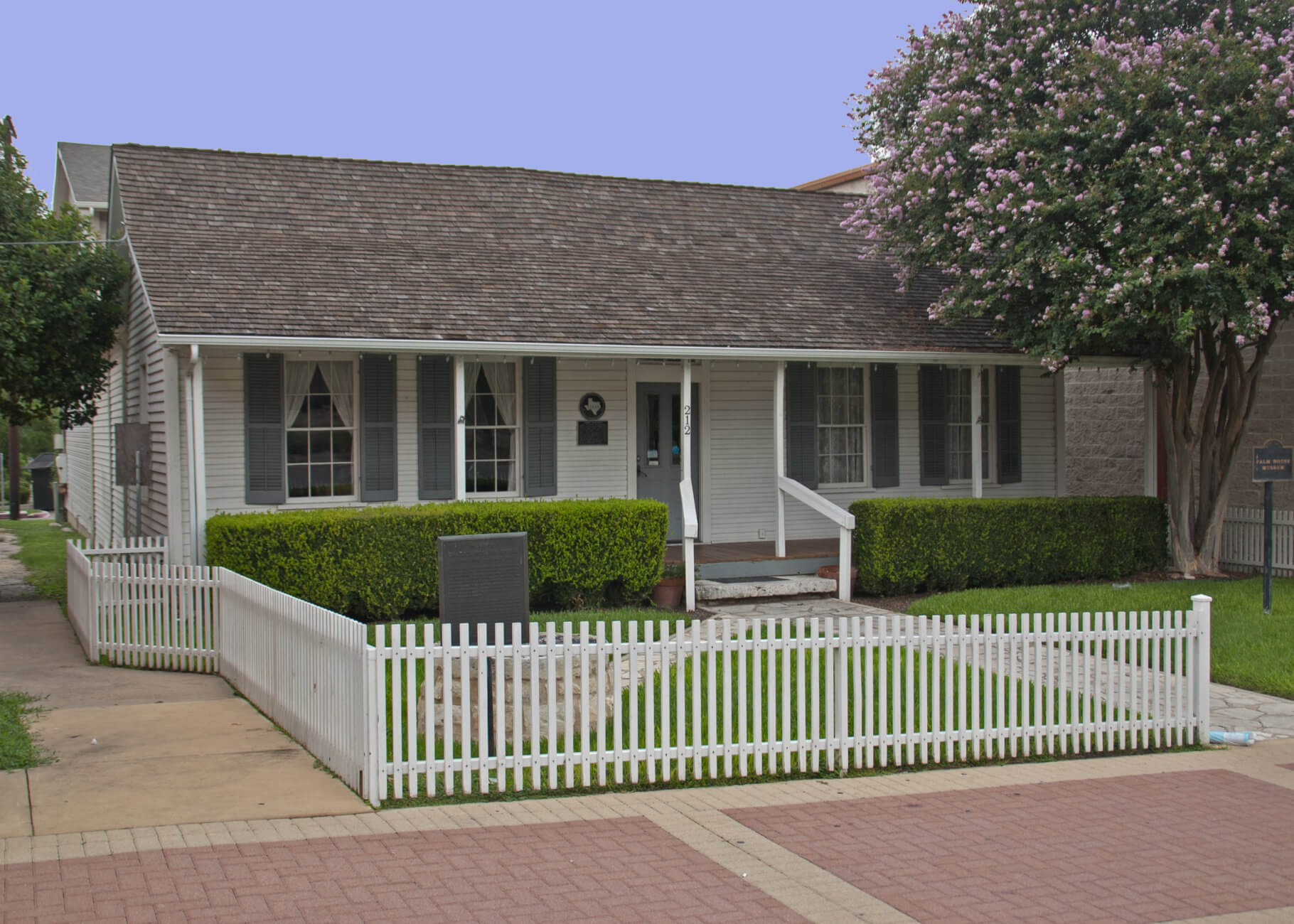
The Palm House in its current location on East Main Street 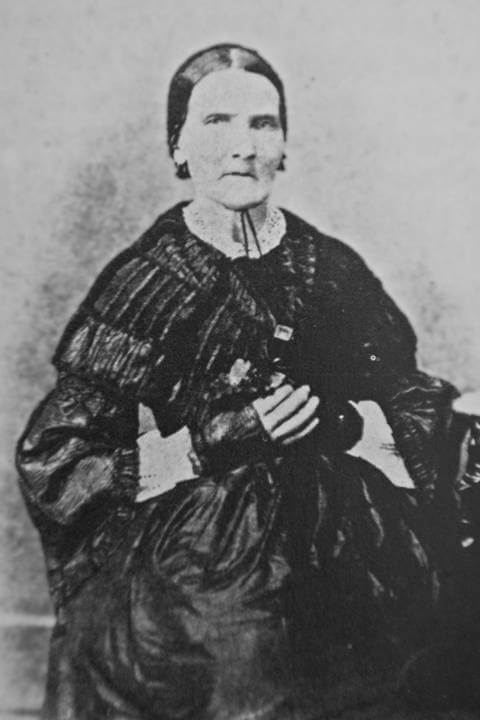
Anna Palm
Hope Well Colored School
The July 5, 1921 minutes of the Round Rock Independent School District Board of Trustees Minutes state, “The committee on the Negro school building made the report that the Rosenwald Fund would pay $1,200.00 on a new building…” thus establishing a permanent place for Round Rock ISD’s segregated students to learn. African-American students received an education as part of Round Rock ISD as early as 1914, but Jim Crow laws regulated separate school facilities for white and black students. On May 8, 1922, C.E. Johnson was hired as principal for the school at a salary of $80 per month, for six months. M.A. Starks was elected teacher in the school at a salary of $55 per month for six months of service. The school officially opened for students during the fall of 1922 with the name Hope Well Colored School and was located at the southwest corner of McNeil Road and what is now IH-35.
In its early days, one principal and one teacher would divide the teaching duties for students who represented nine different grades. As attendance increased, grades one through ten were clustered into four groups for instruction: first through third, fourth through sixth and two classes for seventh through 10th grades. In 1928, the school year was lengthened from five to seven months. In 1936, an additional 2.4 acres of land were purchased to accommodate growth in the student population.
The next three decades saw many improvements for the original Hope Well. The old tenant house on the school grounds was repaired and leased to the school principal, a new wing with additional class space and a cafeteria was added in 1950 and an annex southeast of the building opened in 1964.
In 1950, Joe Lee Johnson was hired as the school’s principal. He would remain in that role through desegregation. Johnson was recognized as a Round Rock Local Legend in 1991.
After the passage of Civil Rights Act in 1964, Hope Well was renamed Southside Elementary School and served as Round Rock ISD’s third grade campus beginning with the 1966-67 school year. It later became a transportation center for the District. The building sat vacant for many years until a group of former Hope Well students and community groups urged the District to move and preserve the structure.
In October 1997, the original Hope Well building was moved to the grounds of the Round Rock ISD administrative offices at 1311 Round Rock Ave. After extensive repairs and renovations, a dedication ceremony was held on Saturday, Feb. 24, 2001. Now referred to as Old Hopewell, the building is currently utilized as a Round Rock ISD meeting space.
Through the life of the school, the building served as a center for community events, benefit dinners, musicals and commencement ceremonies which brought families together to raise money, enjoy entertainment and celebrate their many successes.
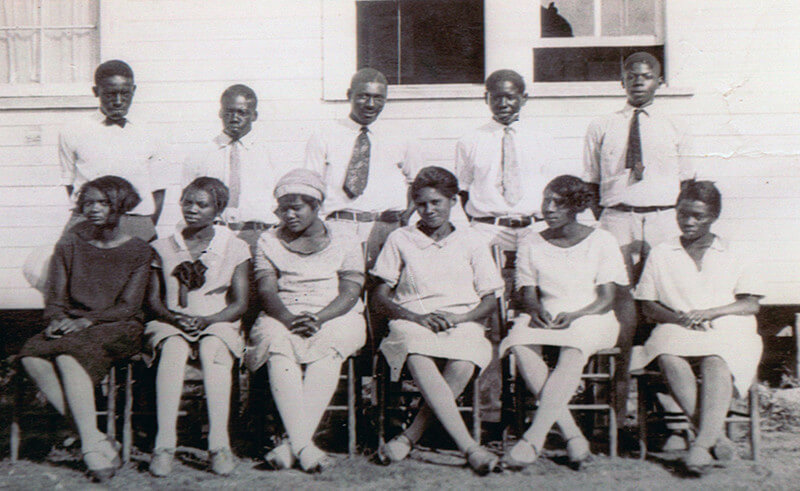
1927 class photo of Hope Well’s upper grades 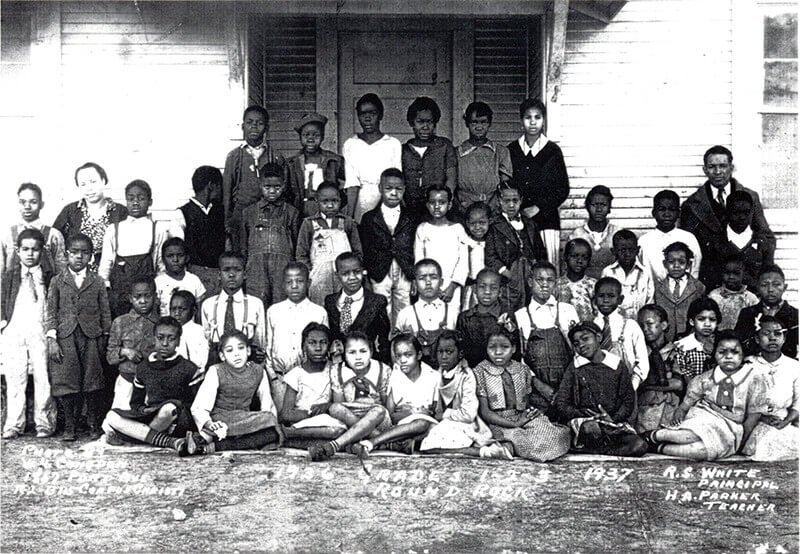
1936-37 class photo, grades 1-3 with Principal R.S. White and Teacher H.A. Parker 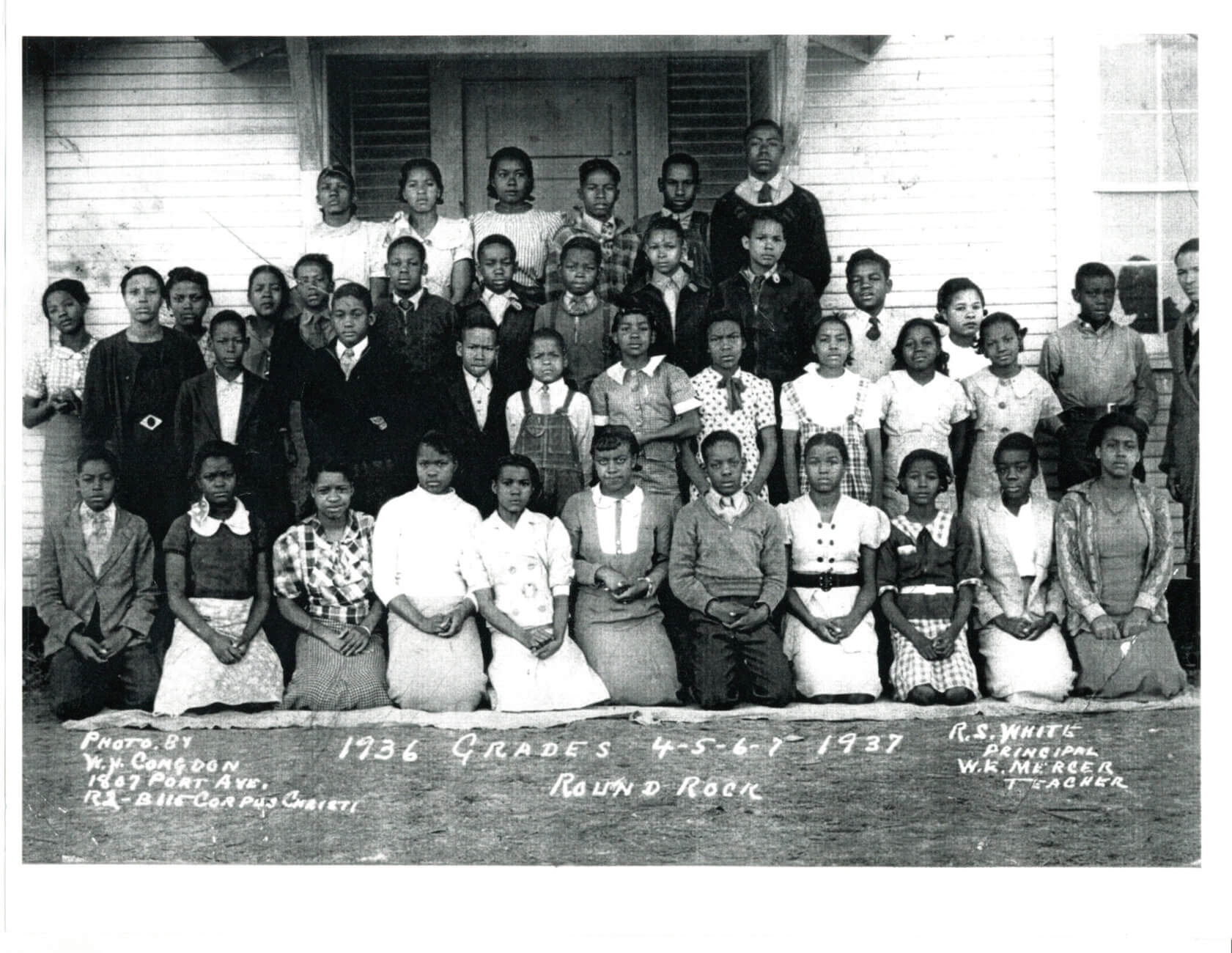
1936-37 class photo, grades 4-7 with Principal R.S. White and Teacher W.R. Mercer 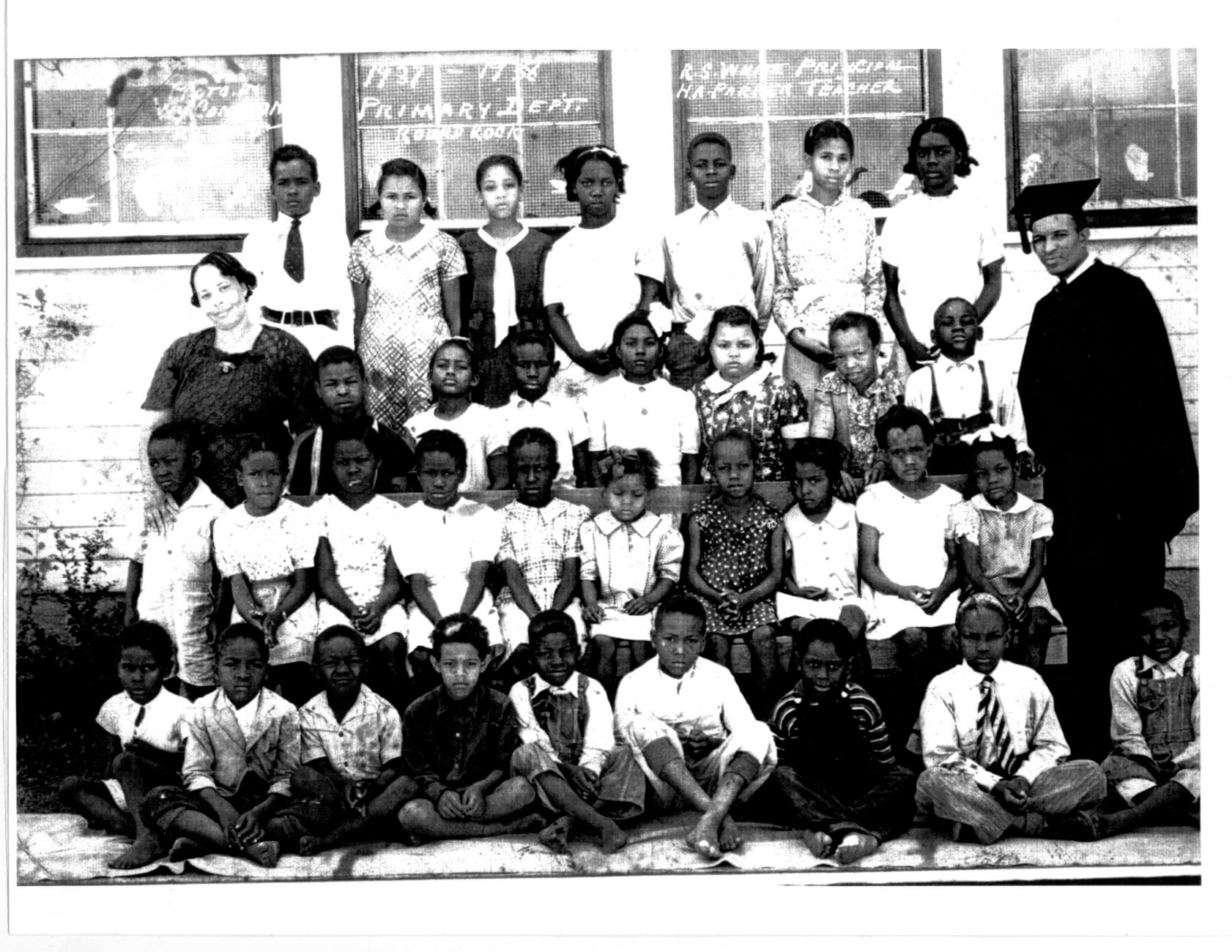
1937-38 primary grades class photo with Principal R.S. White and Teacher H. A. Parker 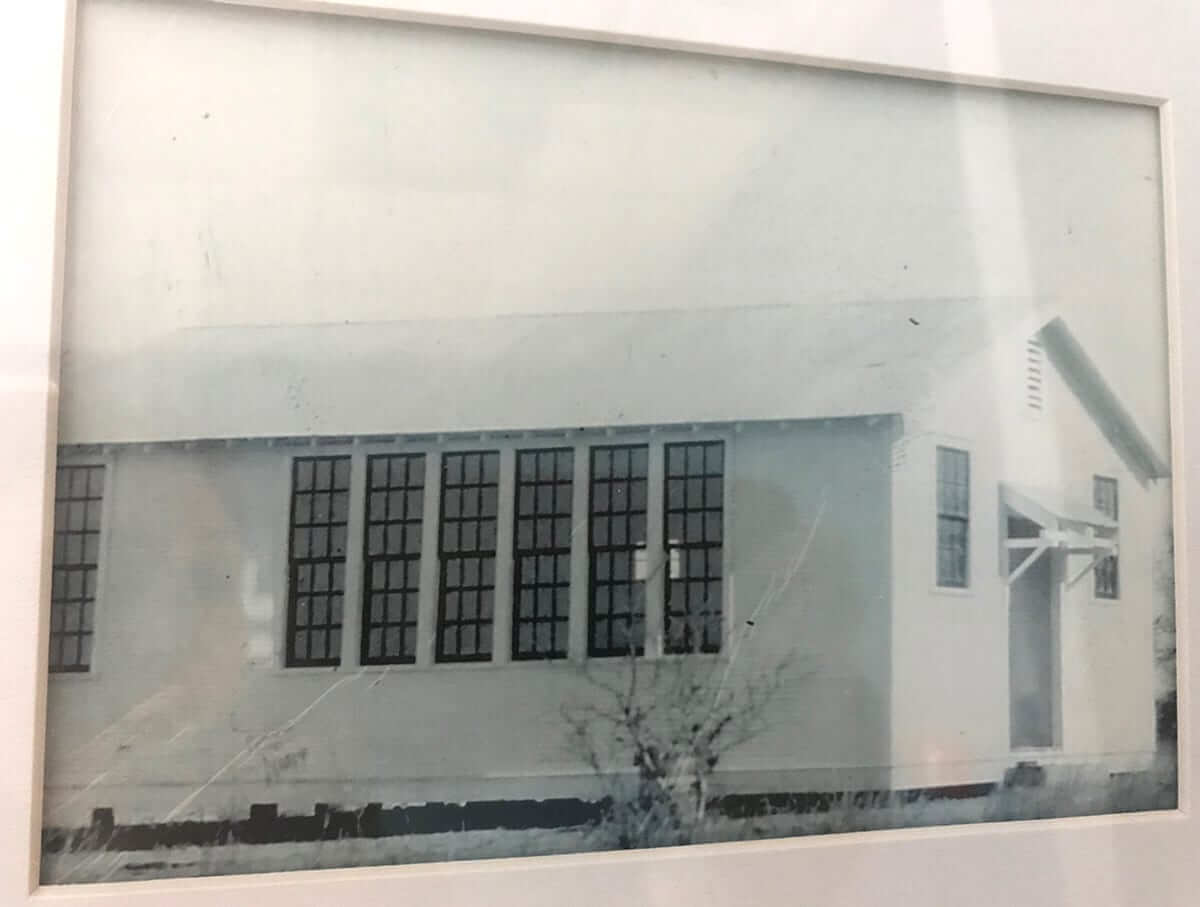
Original school building 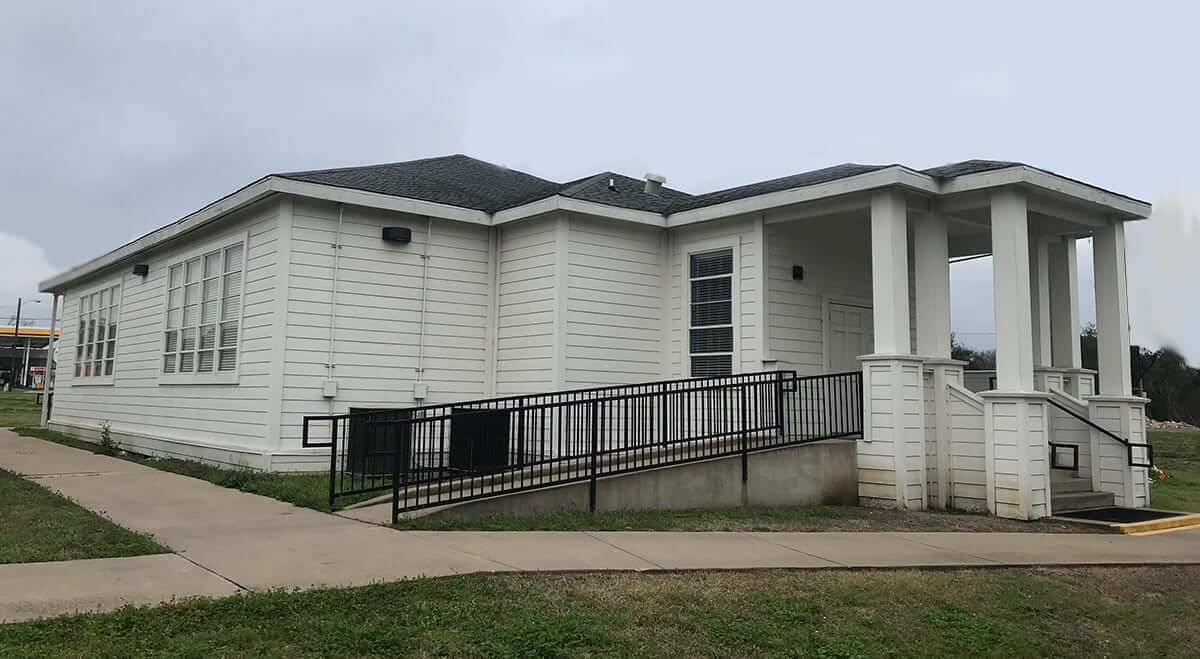
Building after it was relocated to the Round Rock High School campus







